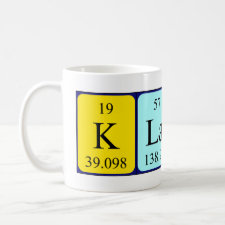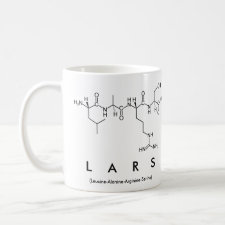
Authors: Siemann M, Andersson LI, Mosbach K
Article Title: Selective recognition of the herbicide atrazine by noncovalent molecularly imprinted polymers.
Publication date: 1996
Journal: Journal of Agricultural and Food Chemistry
Volume: 44
Issue: (1)
Page numbers: 141-145.
DOI: 10.1021/jf950233n
Abstract: Molecular imprinting was applied to the synthesis of methacrylic acid-ethylene glycol dimethacrylate copolymers specific for the herbicide atrazine. In toluene, these imprints bound atrazine with dissociation constant (K-D) values as low as 10(-6) M, and could be used for the development of a ligand binding assay for the detection of atrazine. The selectivity profile of the imprints for triazines structurally related to atrazine was comparable to those of antibodies. The substituent of carbon C1 is the most important feature determining the level of cross-reactivity, and the binding affinity decreased in the order Cl > OCH3 > OH > SCH3 (atrazine, the imprint species, has C1 at this position). No cross-reaction of structurally unrelated herbicides and other compounds was detected. Rebinding experiments in phosphate buffer containing 0.15% Tween 20 gave similar results. The polymers could be packed into HPLC columns and used for the separation of triazine derivatives. The potential uses of imprinted polymers for the detection of pollutants in environmental analysis and as sorbents for the specific removal of toxic compounds in waste water treatment are discussed



Join the Society for Molecular Imprinting

New items RSS feed
Sign-up for e-mail updates:
Choose between receiving an occasional newsletter or more frequent e-mail alerts.
Click here to go to the sign-up page.
Is your name elemental or peptidic? Enter your name and find out by clicking either of the buttons below!
Other products you may like:
 MIPdatabase
MIPdatabase









